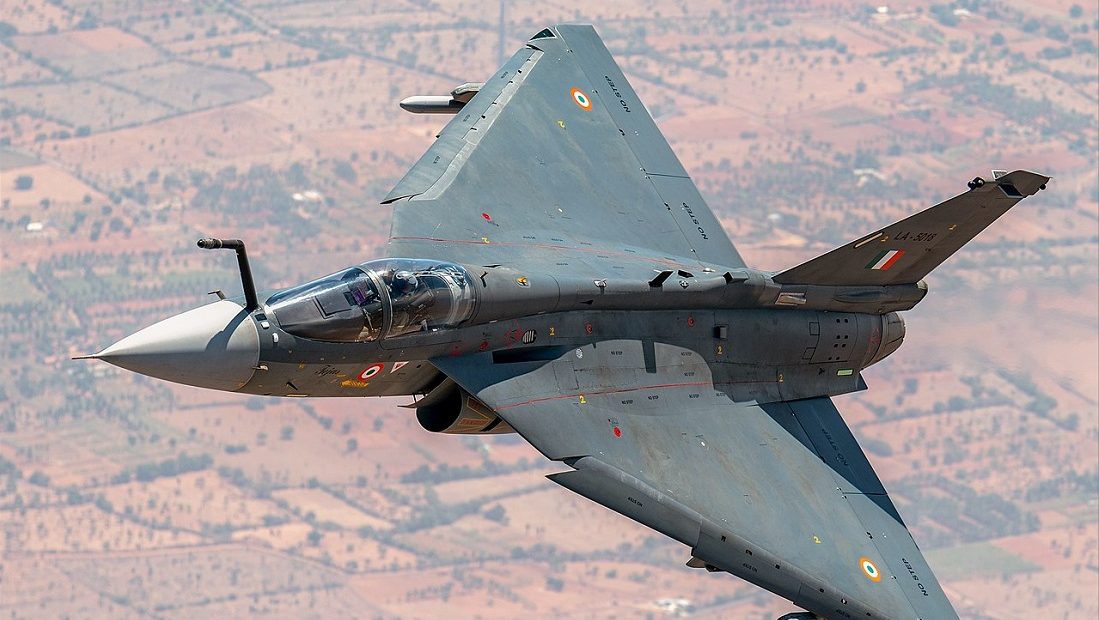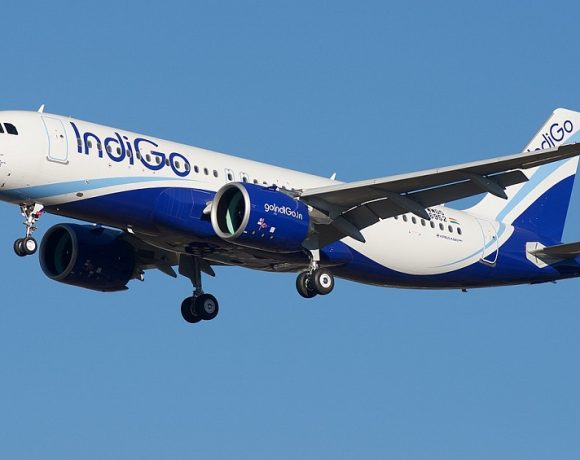
HAL Unveils 5-Year Plan for Su-30MKI Super-30 Upgrades
Hindustan Aeronautics Limited (HAL) has launched an ambitious five-year roadmap to modernize 84 Su-30MKI fighter jets of the Indian Air Force under the highly anticipated “Super-30” upgrade program. The initiative aims to transform the frontline Russian-origin aircraft into a more lethal, network-centric, and self-reliant platform to meet evolving battlefield demands.
Indigenous Avionics and Systems Integration
At the heart of the Super-30 upgrade is a major overhaul of the aircraft’s avionics suite. HAL, in partnership with the Defence Research and Development Organisation (DRDO) and Indian private sector firms, will replace legacy systems with advanced indigenous technologies.
Key upgrades include:
- AESA Radar Integration: Replacement of the older passive radar with a cutting-edge GaN-based Active Electronically Scanned Array (AESA) radar developed indigenously for enhanced range and tracking precision.
- Next-Gen Mission Computers: Introduction of more powerful and modular digital mission computers to improve data processing and network warfare capabilities.
- Enhanced Electronic Warfare (EW) Suite: Deployment of a more resilient EW suite to counter modern threats such as jamming and radar tracking.
This shift to indigenous systems is in line with India’s ‘Atmanirbhar Bharat’ initiative and is designed to reduce long-term dependency on Russian supply chains.
Design and Development Timeline
The design and development (D&D) phase for the Super-30 upgrades is projected to span five years. During this phase, HAL and its collaborators will conduct extensive system integration trials, flight testing, and validation procedures for the new components on the Su-30MKI platform.
Following the D&D phase, the rollout of the upgrades across the 84-aircraft fleet will be undertaken in a phased manner to ensure IAF fleet availability is not compromised. Initial Operational Capability (IOC) of the Super-30 variant is expected to be achieved around the five-year mark from project inception.
The modifications will be implemented without significant structural changes to the airframe, allowing for quick turnaround and cost-effective upgrades.
Strategic Significance
The Super-30 initiative is being viewed as a game-changer in enhancing the Su-30MKI’s combat effectiveness, especially in contested airspaces. The upgraded jets will be capable of better target engagement, advanced electronic warfare, and improved survivability in both air-to-air and air-to-ground missions.
Given that the Su-30MKI forms the backbone of the IAF with over 270 units in service, this upgrade will ensure that the platform remains viable until the introduction of fifth-generation fighters like the AMCA. Moreover, HAL’s plan could potentially open doors for export variants or upgrades to Su-30s operated by other nations.
By investing in next-generation upgrades rooted in indigenous technologies, India reinforces its trajectory toward defense self-sufficiency and operational dominance in regional airspace. The Super-30 program not only revitalizes aging platforms but also strengthens India’s long-term aerospace ecosystem.


















